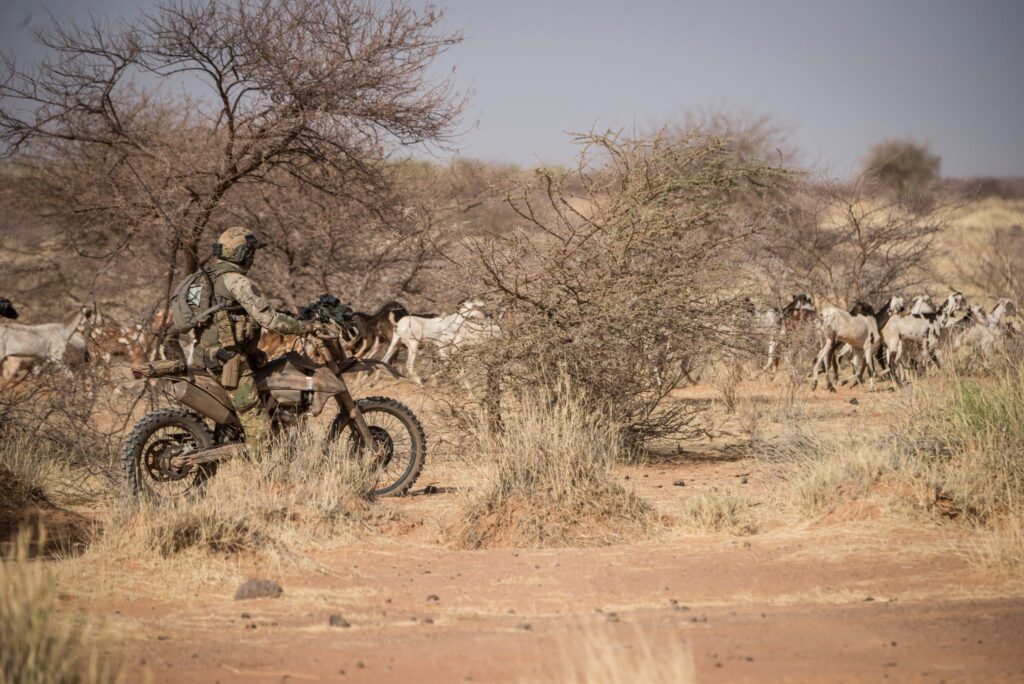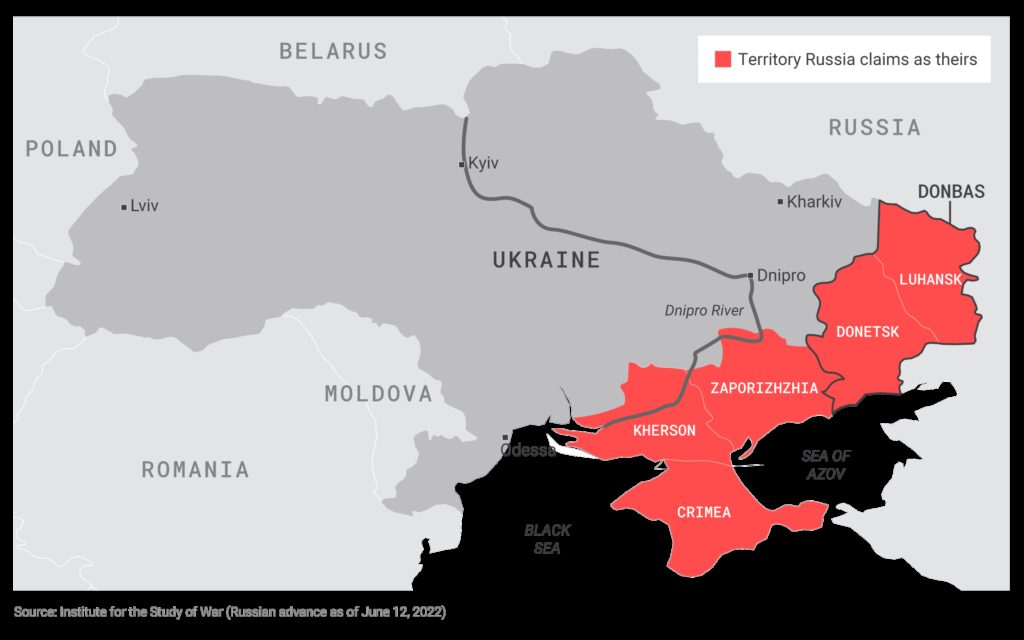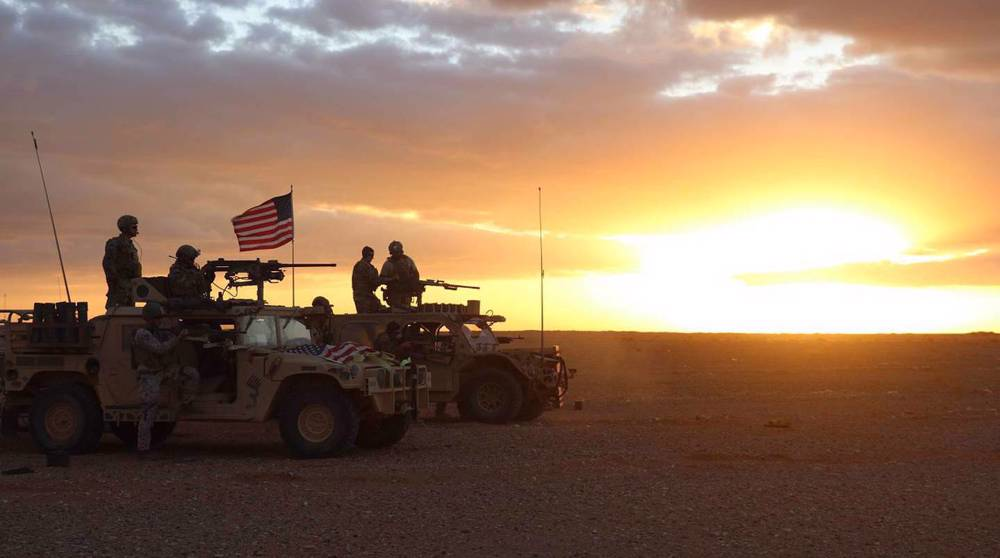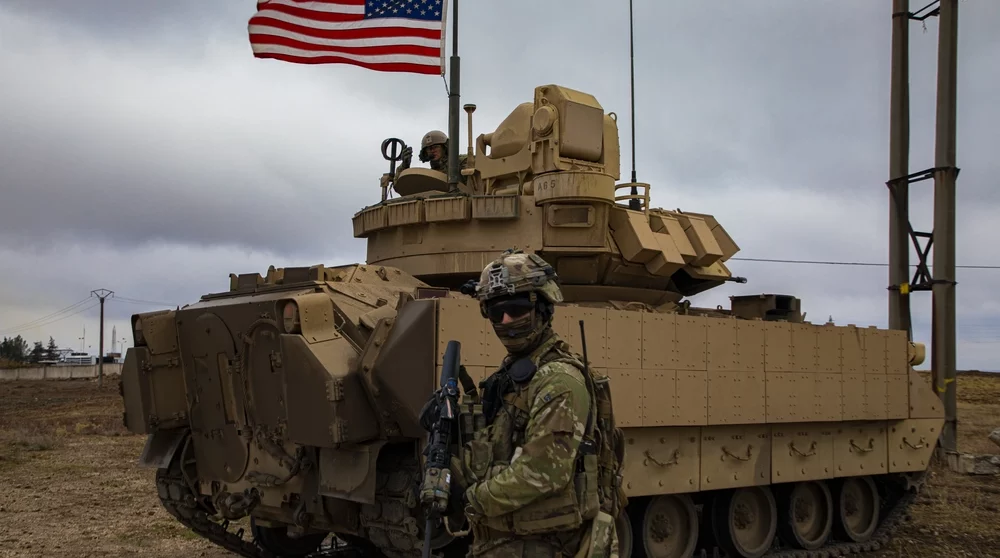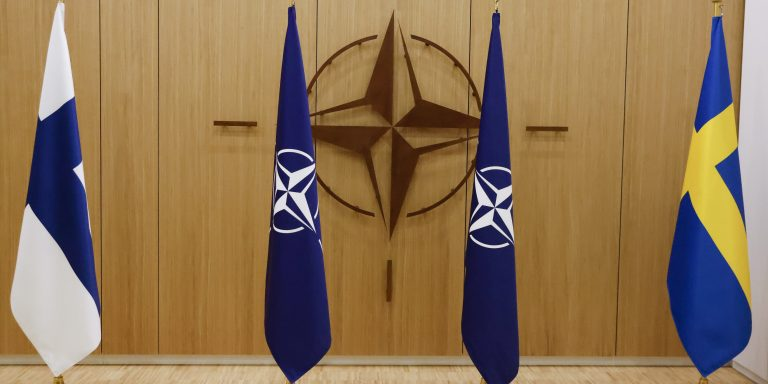Burkina Faso: Another Russia-West hotspot?
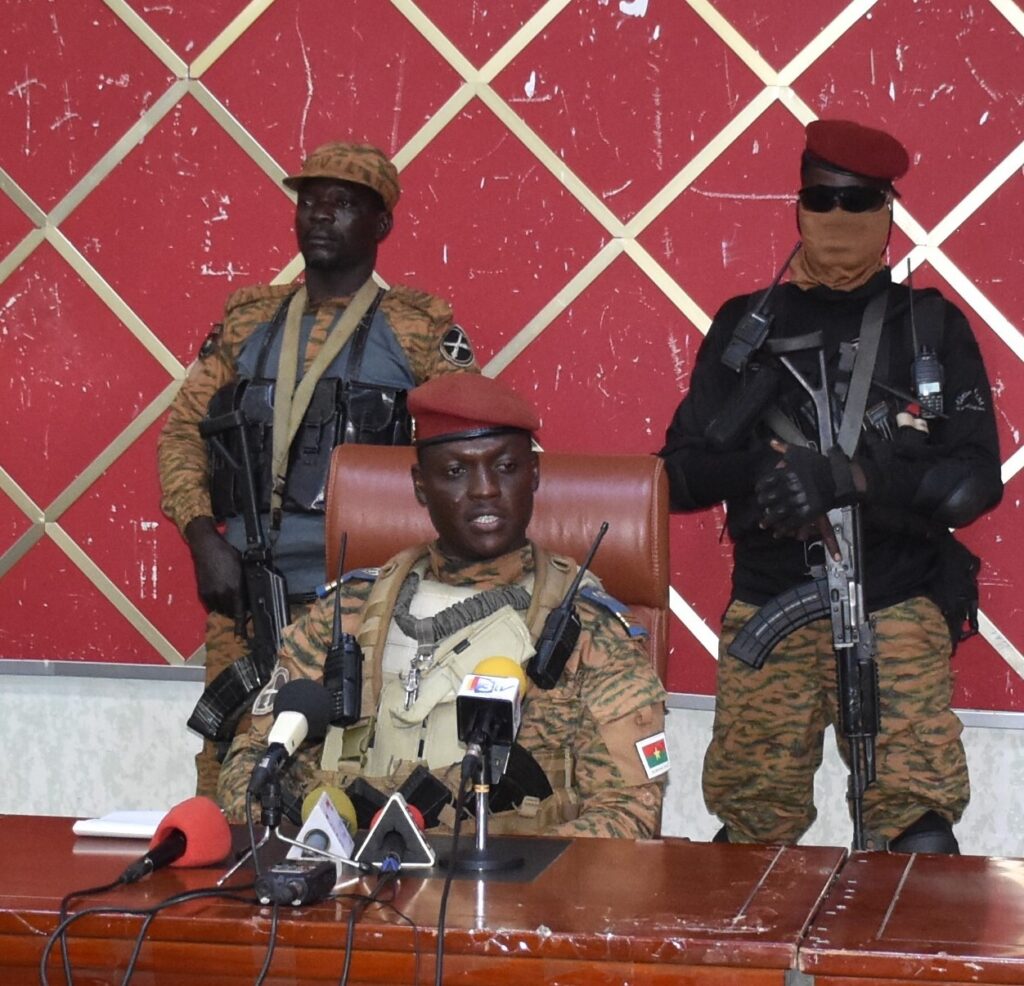
A weak central government, a fragmented military and Islamic terrorism threaten to turn the Sahel nation into a geopolitical confrontation zone.
- Two military coups in 2022 highlight political instability, horrendous violence
- The nation may become the next battleground between Russia and the West
- Strict military rule is seen as a bulwark against Islamic jihadist groups

